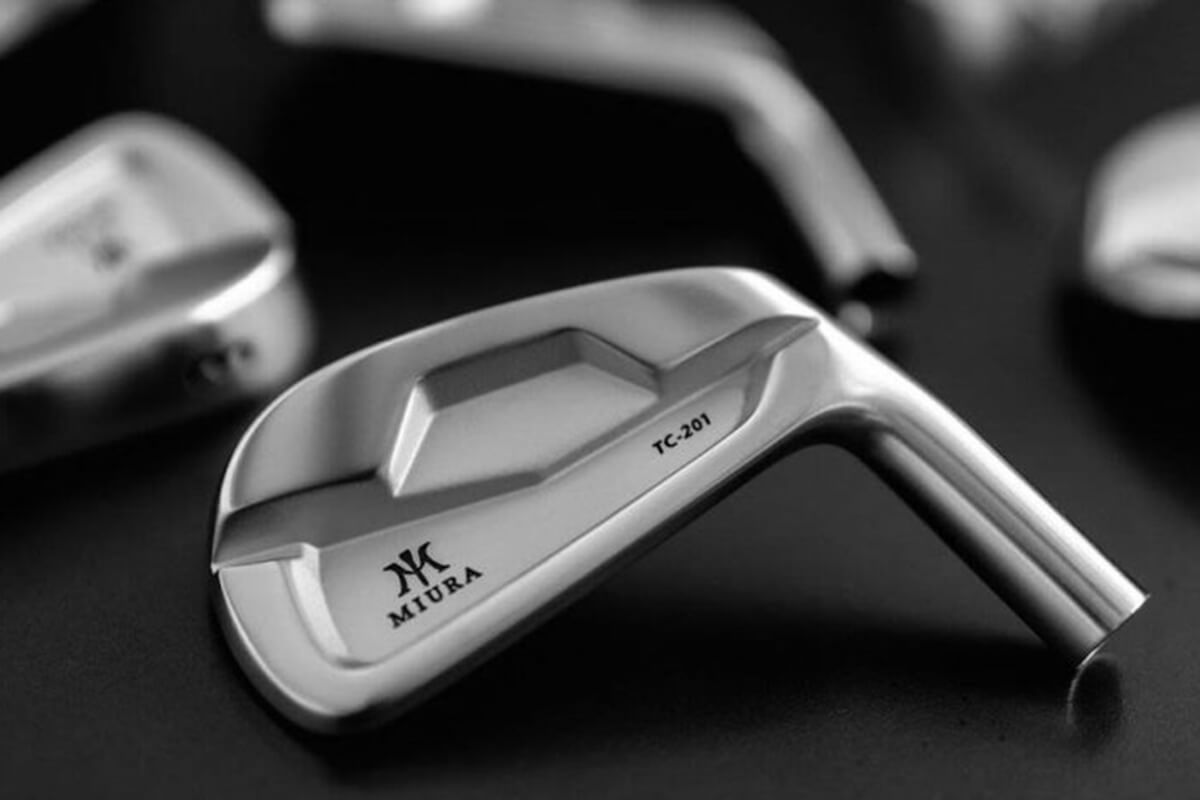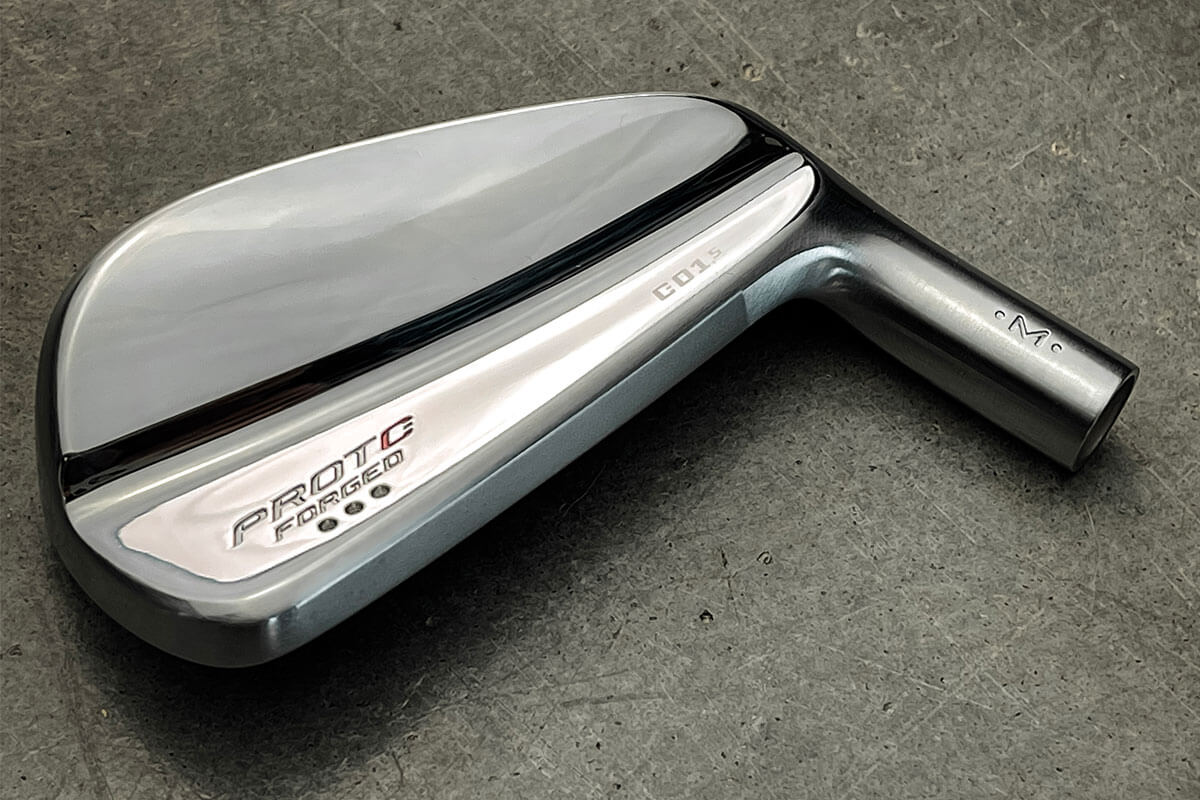“We need to figure out North America.”
That was the stock business development objective from most every Japanese equipment manufacturer circa 2017. Walking the floor that year at the annual PGA Merchandise Show (aka home of the $19 chicken wrap), it was clear that a) the United States is still the No. 1 market for golf equipment and b) every brand without a footprint in the U.S. was looking to create one.
On paper, getting into the U.S. market makes sense. Actually, it’s a no-brainer. According to a report from Allied Market Research, the global golf equipment market was valued at $7 billion in 2020 and is projected to crest $10 billion by 2030. Diving deeper, golf clubs accounted for nearly half that total in 2020, a scenario experts expect to continue.
Beyond that, North America has the highest current ($3.5 billion) and projected ($4.75 billion) revenue contribution to the market. Even a very small slice of a multi-billion-dollar pie is enough to satiate a small brand looking to carve out a permanent, albeit modest, seat at the table. Sidenote – When companies mention North America, it’s often with an implicit understanding that while the U.S. is the focal point of the region, Canada ($1.3B in 2021) and Mexico are extremely important markets as well.
Boutique brands such as Miura, EPON, Yonex, Yamaha, Vega, Fourteen, ONOFF, PRGR, and Honma, among others, seemed poised to make a run. Five years later, the North American landscape is largely devoid of a serious JDM (Japanese domestic market) equipment brand.
What happened?
ONCE UPON A TIME …
JDM gear was the preference for golfers who favored brands with strict manufacturing tolerances and production techniques that were too costly for mainline U.S. brands.
Japanese golfers—and therefore the manufacturers—cared about characteristics such as face angle, head weight, CG location and the mass properties of club design. In one regard, the Japanese golfer was the true OG—as in Original Gearhead. Put differently, the Japanese market paid attention to small details that the rest of the world didn’t.
Pair that with a lower-volume, higher-cost business model and industry-defining forging techniques and you have the requisite qualities of something that is equal parts exclusive and exceptional.
Beyond the physical characteristics, JDM equipment also leveraged ancestral ties to Japanese blacksmiths responsible for crafting katanas, the traditional sword of Japanese samurai. Skilled steel artisans who dedicated 60,000-plus hours to master a craft passed this knowledge down through subsequent generations. Or so the story goes …
Combine a bit of lore and legend with a dash of mystique and Japan solidified its position in the industry, creating a connection between location and product that is the basis for powerful branding. Swiss timepieces. French perfume. Wine from Burgundy, France … Japanese forged irons and wedges.
Moreover, the Japanese brands weren’t manufacturing a surplus of equipment, hoping to export a portion to Europe and the U.S. Limited quantities amplified the rarity of the clubs which helped support higher prices which, in turn, reduced the number of potential buyers.
There’s more to the story but you can see why Japanese brands believed that North America represented a lucrative business opportunity. Capturing even a fraction of one percent of the market would mean more than enough revenue to warrant a considerable investment. At least in theory.
MACRO AND MICRO
“Failure” is possibly too harsh an adjective to describe the efforts by Japanese manufacturers to establish and maintain a noticeable presence in the North American equipment landscape.
Then again, I’m not sure which descriptor is more accurate. Failure to fully capitalize? Maybe. Gross mismanagement leading to less than desirable results? Another good one.
At the individual brand level, Miura and Mizuno would likely argue they’re in a better place now than five years ago. It would be tough for others to make the same assertion.
Regardless, the reasons for the current situation are varied. Some are company-specific while others are more uniform.
SECRET FISHING HOLE
Let’s start with a subjective, yet important, piece of the JDM puzzle. Part of the attraction to any lesser-known entity is the fact that fewer people know about, own or can access it. An underground band, secret fishing hole or limited-edition release loses luster should it become more popular.
However, it’s often the case that growth and popularity are inevitable, if not explicitly the objective. The garage band always dreams of signing a record deal and making millions. Or did you think Taylor Swift wrote songs just to bag on old boyfriends?
The point is that secrets don’t stay that way forever. And by exposing a large population of golfers—some of whom are eager to spend plenty of money on new equipment—to your once uber-niche brand, it becomes more common. It’s a conundrum. Well-executed expansion is great for the bottom line but what if it violates a key tenet of the brand’s ethos? Now we, potentially, have a problem.
CULTURAL RELEVANCE AND BOOTS ON THE GROUND
Standard operating procedures for businesses in North America and Japan are different. To anyone who has engaged with companies in both regions, that isn’t new information. For the record, I’m not suggesting one is better than the other. But in speaking with several industry insiders with experience on both sides of the globe, the mistake was to assume that “if the product was good, it would sell.”
He went on to tell me, “In America, I had to understand the culture and become a part of the culture.” Ingratiate. Grease palms. Pay for dinner. Talk about baseball. That sort of thing. In America, building those relationships is fundamental to creating an environment where long-term success is viable.
That’s hard to do if the full extent of your network is a distributor and several salespeople. The key function of a basic distributorship is to hit sales targets and move product. It’s a lean model, built for transactional efficiency.
It’s a short-term solution that gives consumers a way to get the equipment. However, the model doesn’t leave much room for practices and investments necessary to grow a business.
Other industry sources suggested that to operate effectively, a company shouldn’t run the brand from abroad. “It created a lot of disconnect … and you need the full arsenal on site,” said one. “Executive staff, product development, marketing and a full sales staff would be the minimum.”
Case in point. AMH Sports is the U.S. distributor for Yamaha, ONOFF, PRGR and Fourteen. Several years ago, I’d receive the occasional update when one of the brands was due to release new equipment. This year, I had to check to see whether AMH was still in business.
Golfers in the U.S., particularly those with deeper pockets, want something more than a drive-through buying experience. “They want to engage and be a part of something” was how one source put it.
That’s hard to accomplish if the boss only cares whether the bottom of monthly ledger is red or black.
CATCH ME
Does a billet of 1025 carbon steel have any idea where it’s being forged? Of course not. No more than a Toyota Camry is aware of where it’s made (Georgetown, Ky., by the way). As such, it’s unreasonable to think Japan would forever be the only country that could manufacture golf equipment to exacting specifications.
Ultimately, the Japanese equipment market matured faster than the rest of the world. But other markets eventually caught up.
Mizuno serves as a quality case study. At one point, Mizuno operated effectively as three branches (U.S., Europe and Japan) of the same brand. Some club models were exclusive to Japan while others were available in Europe and North America, often with different names. But what Mizuno figured out was that its best way forward was to take the best elements of each branch and merge them into a unified blueprint. The directions likely went something like this: Maintain the relationship with Chuo, the renowned forging house, but consider the demands of North Americans when creating designs that best fit the needs of the target audience.
Put differently: Keep the Japanese heritage, craftsmanship and aesthetic but create a final product that can also win its share of launch-monitor battles.
HONMA HAD IT
This makes Honma’s recent North American reorganization even more curious. At first glance, it took all the right steps.
It set up a brick-and-mortar operation in Carlsbad, Calif., the Silicon Valley for nearly every major golf equipment manufacturer. Additionally, Honma hired several executives with decades of industry experience (See: Mark King, John Kawaja, Chris McGinley) to run the North American team. It funded a fully staffed marketing department, built a multi-million-dollar fitting facility (Honma House) while deploying a nationwide sales team tasked with building relationships with green grass outlets, influential ambassadors and onsite PGA professionals.
Moreover, its TR20 equipment line, frankly, kicked ass. Honma’s irons (TR20 V), wedges (TW-W4) and metalwoods (TR20) all received Most Wanted awards and, in many cases, out-performed gear from the most recognizable brands (TaylorMade, Callaway, Titleist, PING).
Then, piece by piece, overseas executives dismantled the entire North American enterprise. Executive team? Gone. Sales staff? Gone. Product Development team? Gone. Marketing department? Gone. A couple of months ago, I was in Carlsbad and at least one of Honma’s offices still has signage on the outside, though the inside is vacant.
There are plenty of perspectives as to why Honma chose this path and, as misguided as I might suggest it was, it doesn’t much matter. Ultimately, it seems clear it didn’t get the immediate return on investment it wanted and felt that supporting a large network of distributors was the better long-term approach. Regardless, it seems Honma was in a prime position to go toe to toe with Mizuno in North America but tapped out.
WHERE TO NOW?
So, what happens to the world of JDM equipment? It will never be what it once was, chiefly because the rest of the world caught up. What once was a competitive advantage for Japanese brands isn’t any longer. If a golfer wants JDM-quality iron forgings with advanced, performance-first designs, it’s hard to argue against Mizuno or Srixon. TaylorMade, Titleist, Callaway, Cobra and PING are industry stalwarts in metalwoods, wedges and putters.
Case in point. It wasn’t long ago that Tourstage/Bridgestone, XXIO and Mizuno were popular brands for Japanese golfers. Now, it’s predominantly TaylorMade, Titleist and Callaway.
Certainly, you can’t relocate forging houses such as Miura, Endo, Fujimoto and Chuo (Mizuno).
But given the realities of international commerce, I’m not sure you have to.
I’m a JDM gearhead who owns a set of Fujimoto muscle-back irons that I cherish. They sit in my office next to some Jucie wedges and Proto-Concept CO1 irons. I’d buy them all again—but not for the same reasons as I used to.
What do you make of all of this? Sound off!





















Cam MacMaster
2 years ago
At $1300 for a set of irons 4-PW I think every one of these companies are missing out on the repeat business structure. The typical working Koe that makes up the biggest market share are not going to turn over their irons so quickly now especially since it’s obvious that we’ve hit a technology cap. I predict a lot of refinish and repair business in the near future.